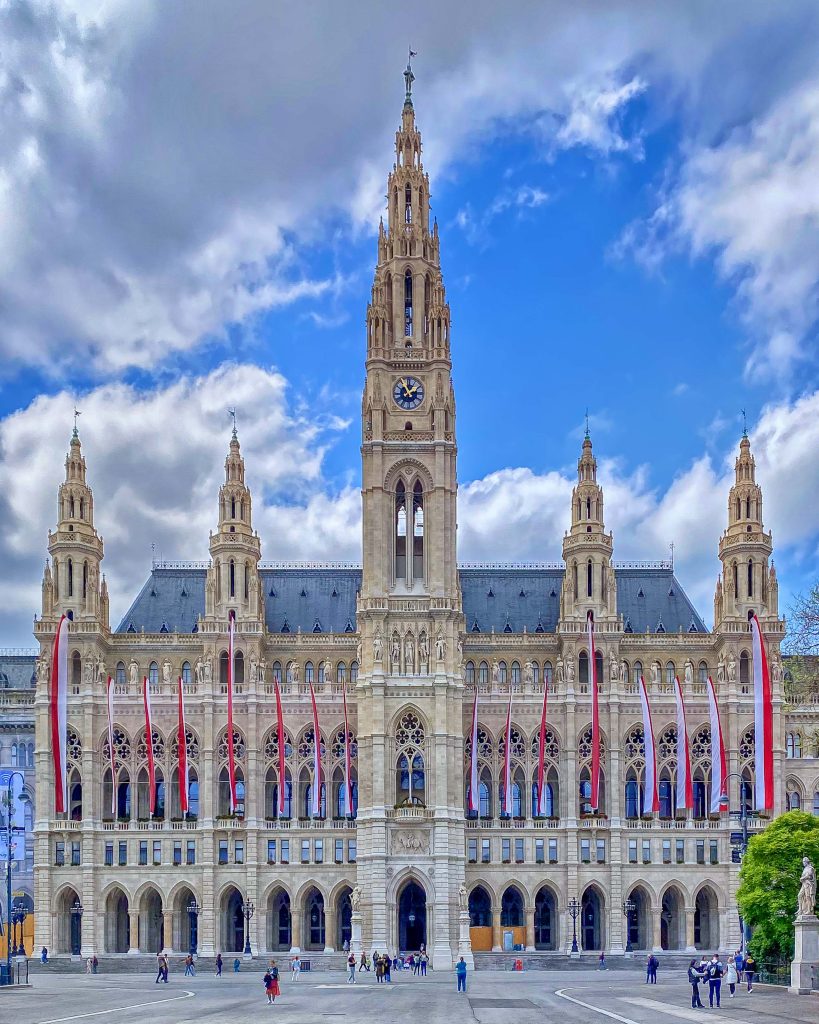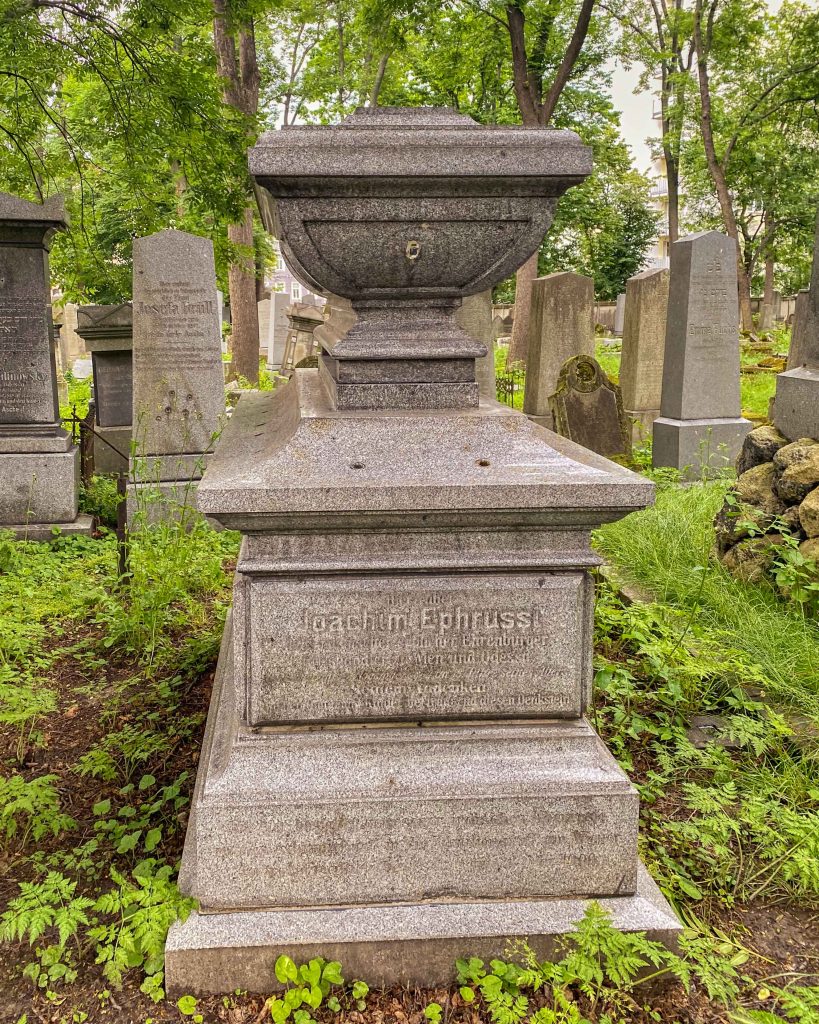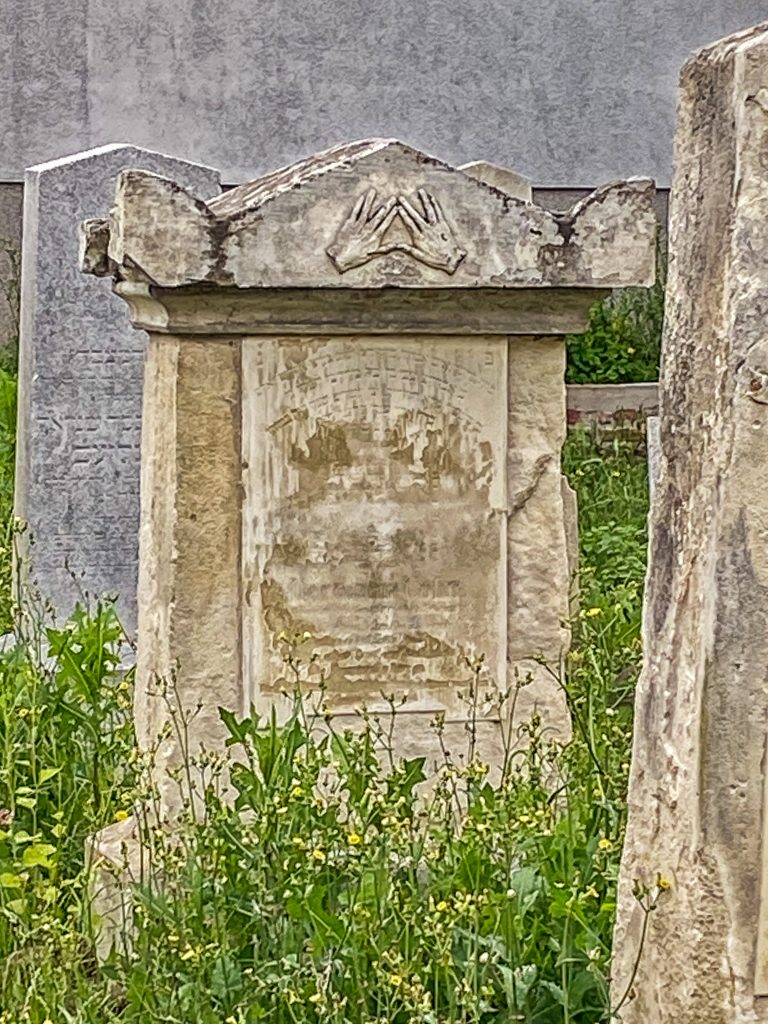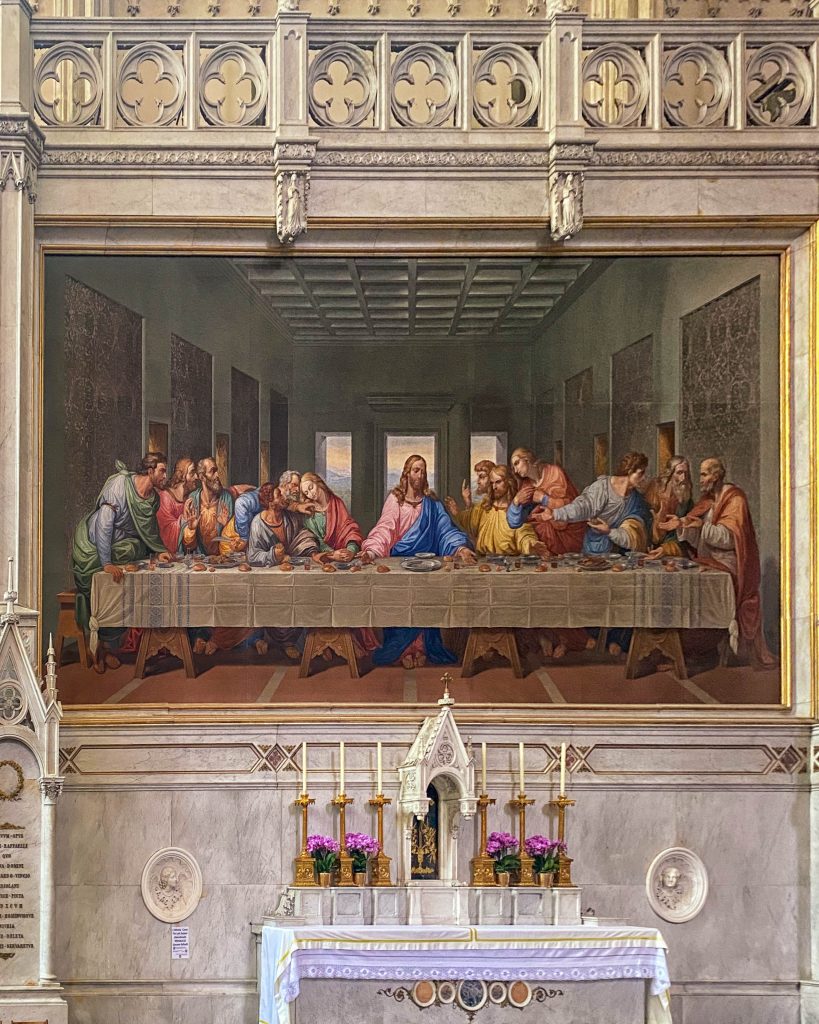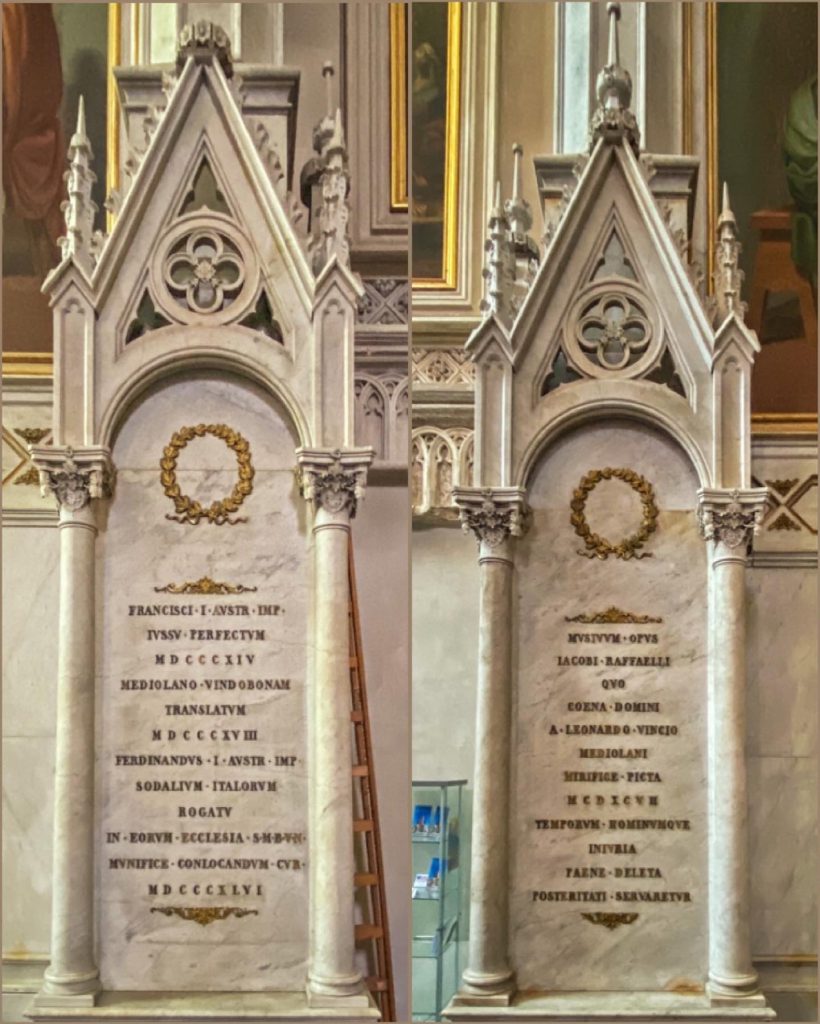Hannaken Fountain
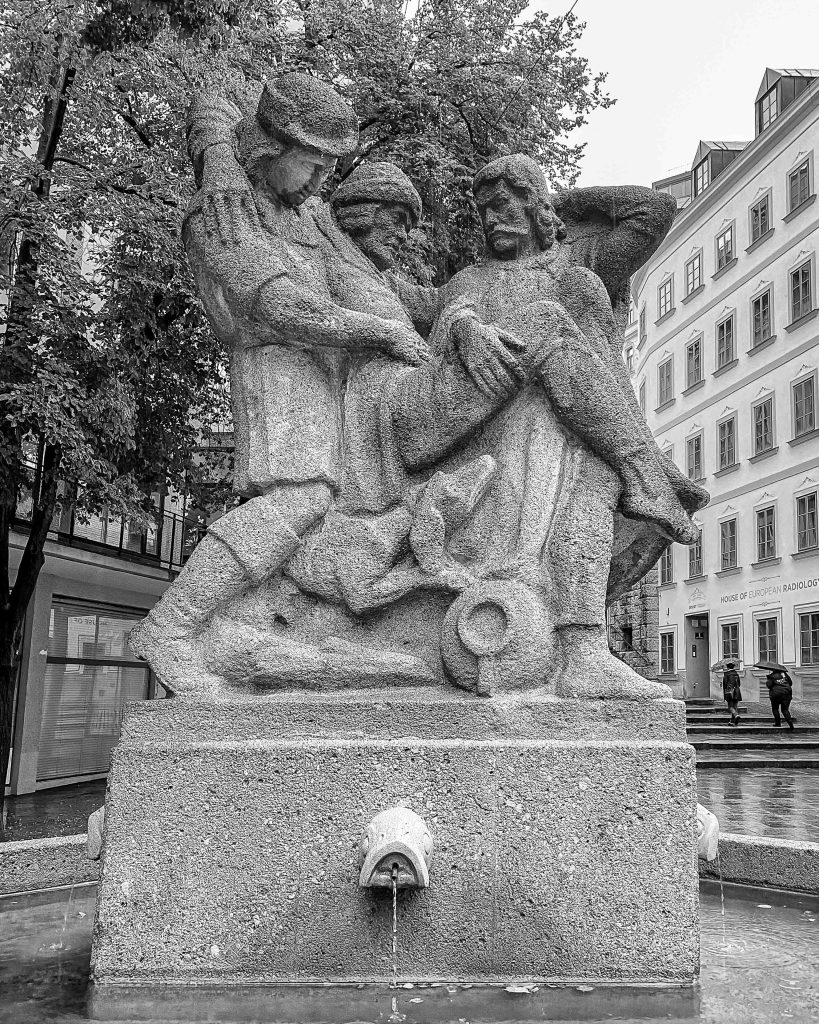
On the occasion of the redesign of the staircase in front of the church Maria am Gestade in the Inner City, the Hannaken Fountain designed by Rudolf Schmidt was opened in 1937. The term Hannaken refers to an ethnic group from the Hanna region in Moravia (now the Czech Republic), who inhabited a plain between the Haná and Morava rivers and developed their own style of dress as well as a specific folk culture.
The fountain represents the legend of a „Hannakenkönig“ who lived in the adjacent inn „Zum Wolf in der Au“ and is said to have thrown a beating at the feet of passing passers-by at night in order to earn money from the treatment required afterwards. Popularly known as „Hanake“, he is said to have worked as a bather, offering all kinds of physical services such as bloodletting, dental treatment or wound care.
The scene is shown of helpers taking the wounded man – often well-heeled drunks who had just left the inn – to the place of treatment. Also the winged word „throwing a beating at the feet“ is said to have originated from this. Incidentally, the fountain is made of Lindabrunn stone, which was already popular with the Romans in Vienna.
